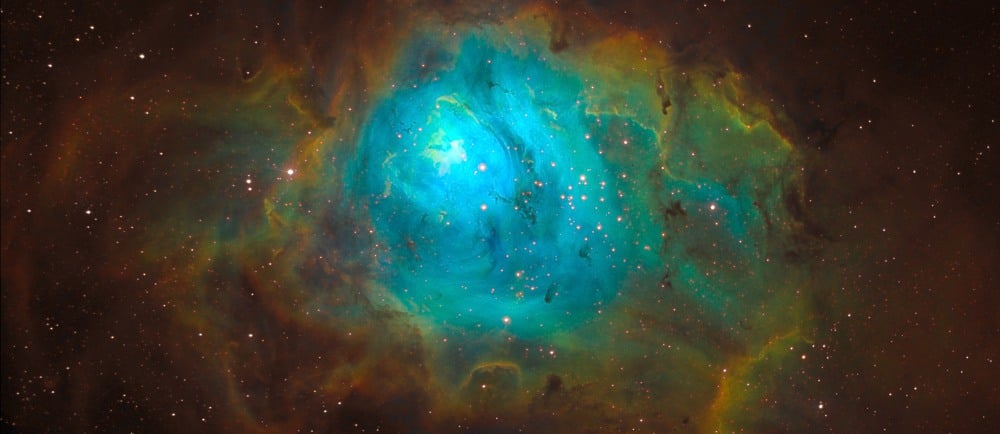The Lagoon Nebula


Introduction to the Lagoon Nebula
The Lagoon Nebula, catalogued as Messier 8, is a remarkable astronomical phenomenon that captivates both amateur and professional astronomers alike. It is located approximately 5,000 light-years away in the constellation Sagittarius and is famous for its stunning appearance and dynamic processes occurring within. The nebula serves as a stellar nursery, where new stars are born out of the dense clouds of gas and dust. Its complex structure is primarily illuminated by the powerful ionizing ultraviolet radiation emitted from young, massive stars residing within.
The Composition and Characteristics
The Lagoon Nebula stands out for its intricate blend of ionized gases, dust, and newly formed stars. The nebula is primarily composed of hydrogen gas, which emits a remarkable glow due to the ultraviolet radiation from the young stars. This radiation excites the atoms in the gas, allowing them to emit light and thus create the beautiful shades of pink and red that observers see through telescopes. The Lagoon Nebula spans over 110 light-years across, making it one of the largest and most dynamic nebulae visible to us.
A Glimpse into Star Formation
At the core of the Lagoon Nebula, rapid star formation is taking place, giving birth to stars that will eventually influence the surrounding gas and dust. As these young stars evolve, they contribute to the nebula's complex environment through stellar winds and radiation, further affecting star formation processes. Analyzing Messier 8 provides significant insights into the life cycle of stars and the conditions that foster their development. Astronomers continue to study this mesmerizing area of the universe to answer fundamental questions about star birth, life, and death.
Because of its vibrant view, the Lagoon Nebula has been a target of many astronomical studies and imaging projects, making it a favorite among astrophotographers. It holds immense value for modern astronomy, as it brings us closer to understanding not only our universe but also the processes that govern its evolution.
